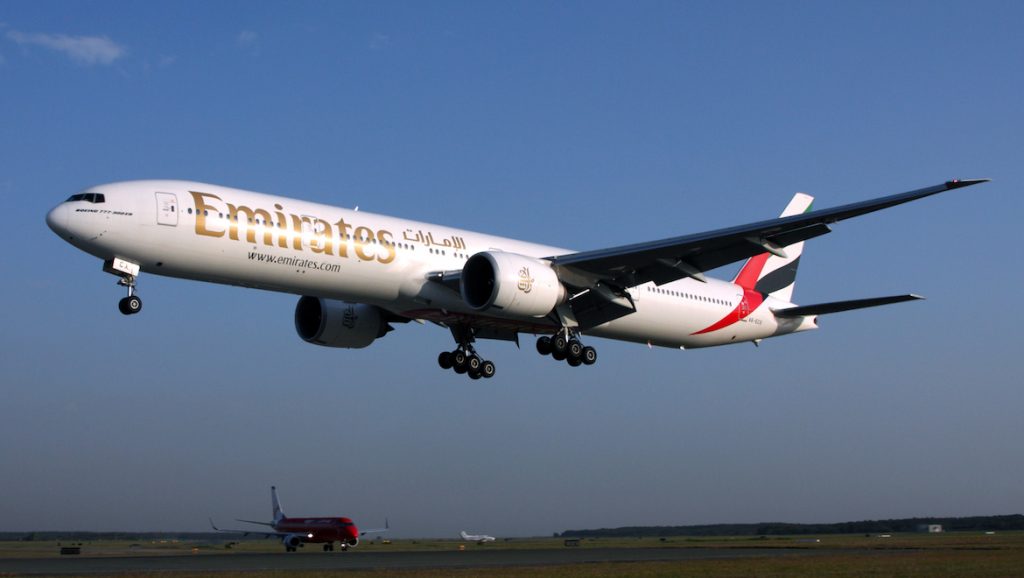
The World Health Organisation has confirmed that the risk of COVID-19 being spread on a flight is “very low”, albeit not impossible.
In fact, the organisation made note of at least two cases of COVID-19 that were believed to have been caught while on a flight, one a long-haul flight between London and Hanoi, and another between China and Singapore.
Yet the WHO acknowledged that it appears only a very small number of cases can be linked to in-flight transmission, thanks to aircraft’s constant airflow and filter systems.
“In-flight transmission is possible but the risk appears to be very low, given the volume of travellers and the small number of case reports,” the WHO said.
“The fact that transmission is not widely documented in the published literature does not, however, mean it does not happen.”
With this, the WHO still recommended the use of pre-flight COVID testing, to limit the number of infected passengers flying.
The announcement echoes the recent findings of a US Defense Department study that last week described the probability of catching the disease on an aircraft as “very low”.
It comes during an ongoing debate over the prevalence of in-flight transmission.
Two studies recently found that COVID-19 is transmissible on a long-haul flight, however critics have argued that the data utilised came from a time before airlines introduced social distancing and mandatory face masks on board.
As such, many airlines have defended the fact that the use of personal protective equipment, additional sanitisation, and HEPA filters onboard make the risk of catching COVID-19 on a plane virtually non-existent.
Meanwhile, the International Air Transport Association, which represents nearly 300 airlines around the globe, said that only 44 potential cases of in-flight COVID-19 transmission had been identified among the 1.2 billion travellers so far this year, or one in every 27 million passengers.
However, this claim was later challenged by one of the scientists whose research was drawn upon to make the conclusion.
Last week, Dr David Freedman, a US infectious diseases specialist, said that he had declined an invitation to speak at the IATA briefing on the matter, stating that the conclusion the IATA has made was based on “bad math”.
While he welcomed some industry findings as “encouraging”, Dr Freedman said the one case per every 27 million passengers made no attempt to account for the unknown real number of infections.
The IATA responded that its calculation remained a “relevant and credible” sign of flying being a low-risk endeavour.











